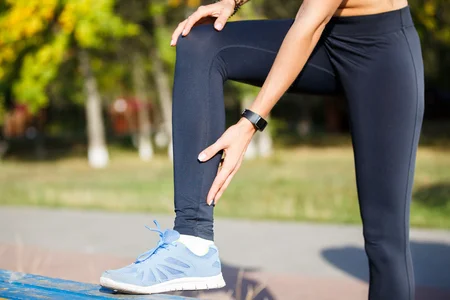Tackling Tendinitis
Tendons are thick cords of tissue that connect muscle to bone. In the simplest terms, tendinitis is an inflammation of the tendon that usually causes considerable pain. The most commonly aggravated tendon in the lower extremities in the Achilles tendon, which connects your calf muscle to your heel bone. At New York Foot Health we’d like to offer some information that may help prevent this common and debilitating condition.
That’s Aggravating!
What causes the Achilles tendon to become inflamed? Many times, tendinitis is the result of an injury or overuse of the tendon. Starting a new fitness routine a little too enthusiastically (especially if you have been inactive for a period of time) or suddenly increasing the duration or intensity of a workout can result in Achilles tendonitis. Activities that particularly stress the part of the leg and foot are running hills or stair climbing. Other conditions that can increase the likelihood of Achilles tendinitis include:
- Flat feet
- Arthritis
- Tight tendons
- Tight calf muscles
Easing the Pain
When you first notice pain in the back of your lower leg you should discontinue any activity and try to stay off the affected foot as much as possible until the pain subsides. Applying ice for up to 15 minutes at a time, three to four times a day may help relieve pain and any swelling you may be experiencing.
If the pain doesn’t go away after a few days of rest and icing it’s time to make an appointment with a podiatrist. (We can help you find a podiatrist in your area if you don’t already have one.) The foot doctor will want to know when the pain started and a little bit about your recent activities. In addition to examining your foot and getting your medical history, the podiatrist may order x-rays or an MRI to rule out other possible causes of pain in this part of your foot and leg.
Long-Term Care
Once the initial pain is relieved, treatment goals focus on preventing further or recurring injury to the Achilles tendon. The foot doctor may recommend a program of stretching and warm-up activities before and after exercise. In some cases, a custom orthotic device may be prescribed to help keep the tendon from becoming inflamed again.
To learn more about this and other podiatric conditions, contact us and subscribe to our free e-newsletter.

